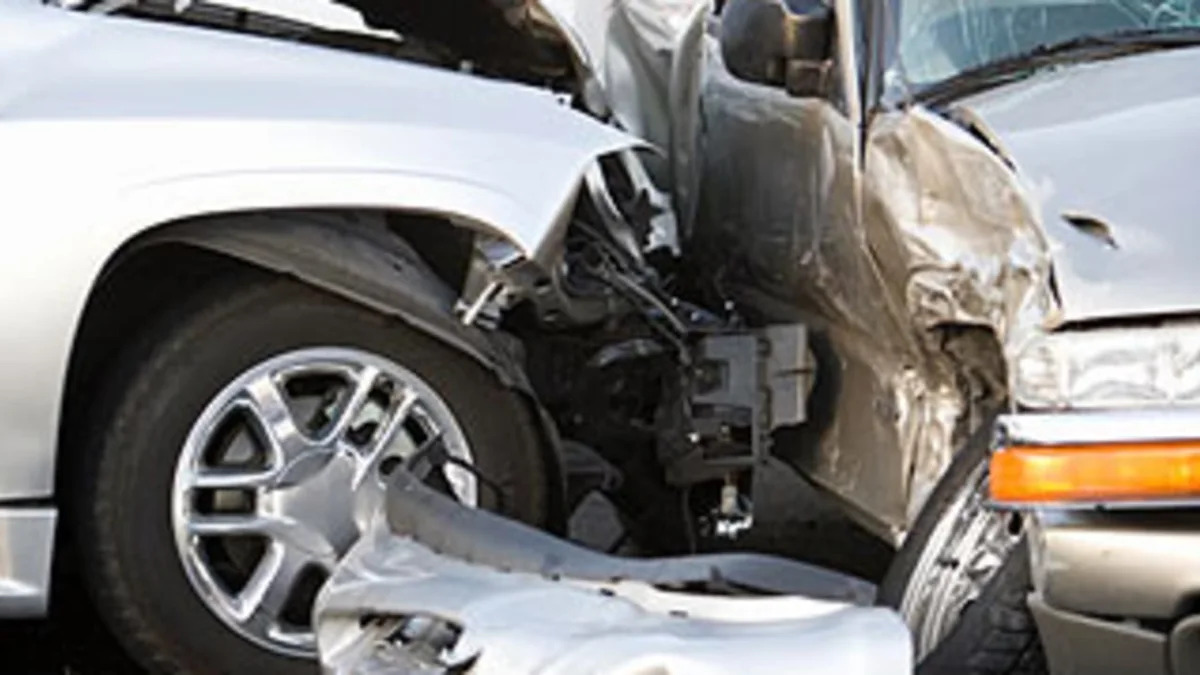When a commercial jetliner goes down, the dramatic and frightening scenes in the media of the accident almost invariably lead to this public reaction: why can’t air travel be more safe?
But have a look at a recent “Future Perfect” essay on the Vox website. It begins: “In the last decade, two passengers have been killed in accidents on US commercial airlines. Over the same period, more than 365,000 Americans have been killed by cars.”
It's a startling statement, one that sets the stage for a debate about why Americans “are forced to live with a risk of car crash death roughly three times higher than Canadians and Australians, five times higher than Brits and Germans, and nine times higher than Norwegians.”
Rather than just let the issue rest at that, the story’s author, Marina Bolotnikova, maintains that there are remedies and lessons to be learned from the aviation industry’s approach to the public’s safety.
Certainly, she explains, there are caveats. “Many more Americans ride in cars in any given year than fly. Maybe it’s just harder to control the behavior of 200 million-plus individuals who have to drive a car just to get by in America than it is to maintain a cadre of credentialed pilots and air traffic controllers.”
The story suggests that safety experts, politicians and others should be held partly responsible to lower road fatalities, to "figure out how to make it exceptionally safe to hurtle through the sky at over 500 miles per hour."
Bolotnikova cities a recent report in The New York Times that details “lapses in the oversight of flights that are leading to near-crashes multiple times a week." But she gets to the heart of her thesis by writing that “the safety record of our car-dependent ground transportation system is one of the worst among wealthy nations. Cars killed 43,000 Americans in 2021, a number that has, almost unbelievably, increased by nearly a third in the last decade while our peer countries have decreased their car fatalities.”
She goes on to say that drivers systematically make unsafe choices: driving drunk, speeding. But she places much of the blame for collisions in the US on “a proliferation of fundamentally unsafe roads, known among traffic safety advocates as “stroads,” that combine wide lanes and speeds higher than 25 miles per hour with frequent turns, stops at traffic lights, and shared traffic with cars, pedestrians and bikes. With all these conflict points, it’s inevitable that collisions will happen.’’
Finally, its the vehicles themselves on the road, “big cars — SUVs and pickup trucks” that comprise “a major factor behind our car safety backslide over the last decade. But US Transportation Secretary Pete Buttigieg has declined to call for policies to discourage the proliferation of these vehicles (like Washington, DC’s tax on oversized cars)."
Leaving road-related safety issues to the drivers themselves is non-starter, the story suggests. Quoting writer James Fallows, the story concludes that “a robust safety system can’t depend on people always being at their best.”
The piece is available here.
Related Video:


Sign in to post
Please sign in to leave a comment.
Continue